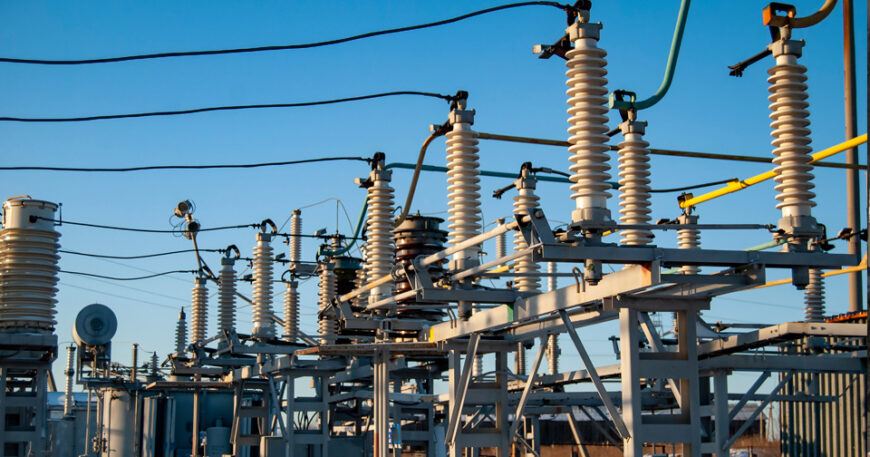Electrical air break switches (ABS) are critical components in the realm of power distribution and transmission. They serve as essential devices for ensuring the safety, reliability, and efficiency of electrical systems. In this blog post, we’ll delve into what air break switches are, how they work, their applications, and the advantages they bring to electrical infrastructure.
What is an Electrical Air Break Switch?
An electrical air break switch is a type of switch used to isolate a section of an electrical circuit for maintenance, repair, or during fault conditions. These switches are named for their operation, which involves breaking the electrical circuit in the air. When the switch opens, the current flow is interrupted, creating an air gap that serves as an insulating medium to prevent the flow of electricity.
How Does an Air Break Switch Work?
The primary mechanism of an air break switch involves the following components and processes:
- Contacts: The switch consists of two or more contacts that either connect or disconnect the circuit. When the switch is closed, the contacts touch each other, allowing current to flow. When the switch is opened, the contacts separate, breaking the circuit.
- Arc Extinguishing: Upon opening the switch, an electric arc forms between the separating contacts. This arc needs to be extinguished quickly to ensure safety and prevent damage. In air break switches, the arc is extinguished by the air gap, which cools and stretches the arc until it can no longer sustain itself.
- Insulation: The air gap created by the open contacts acts as an insulator, preventing the current from jumping across the gap.
- Manual or Motorized Operation: Air break switches can be operated manually or with motorized mechanisms. Manual switches are controlled by a lever or handle, while motorized switches can be operated remotely, providing greater flexibility and safety.
Applications of Air Break Switches
Air break switches are utilized in a variety of applications across different voltage levels:
- Transmission and Distribution Lines: They are commonly used to isolate sections of transmission and distribution lines for maintenance or during fault conditions.
- Substations: In substations, air break switches are used to control the flow of electricity, allowing for safe maintenance and operational flexibility.
- Industrial Facilities: Industries that require high power loads use air break switches to control and isolate different sections of their electrical systems.
- Renewable Energy Systems: With the growing adoption of renewable energy sources, air break switches are increasingly used to manage and protect solar and wind power installations.
Advantages of Air Break Switches
- Safety: By providing a visible break in the circuit, air break switches ensure that maintenance personnel can safely work on de-energized equipment.
- Reliability: These switches are designed to handle high currents and voltages, making them reliable for use in critical power systems.
- Cost-Effectiveness: Air break switches are relatively simple devices, making them cost-effective solutions for isolating sections of electrical circuits.
- Versatility: Available in various configurations and voltage ratings, air break switches can be customized to suit different applications and requirements.
- Ease of Operation: With options for manual or remote operation, air break switches offer flexibility and ease of use in various situations.
Conclusion
Electrical air break switches are indispensable in modern power systems, providing essential functions for isolating and protecting electrical circuits. Their role in ensuring the safety, reliability, and efficiency of power distribution and transmission cannot be overstated. As technology advances and the demand for robust electrical infrastructure grows, air break switches will continue to play a vital role in maintaining the stability and functionality of our power systems.



